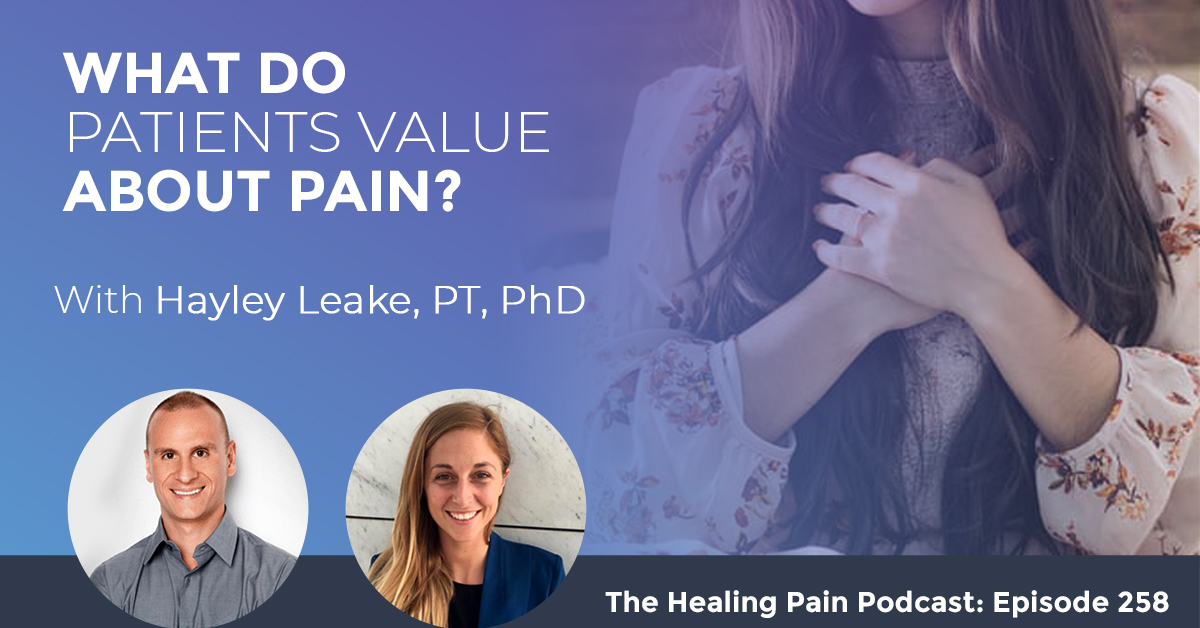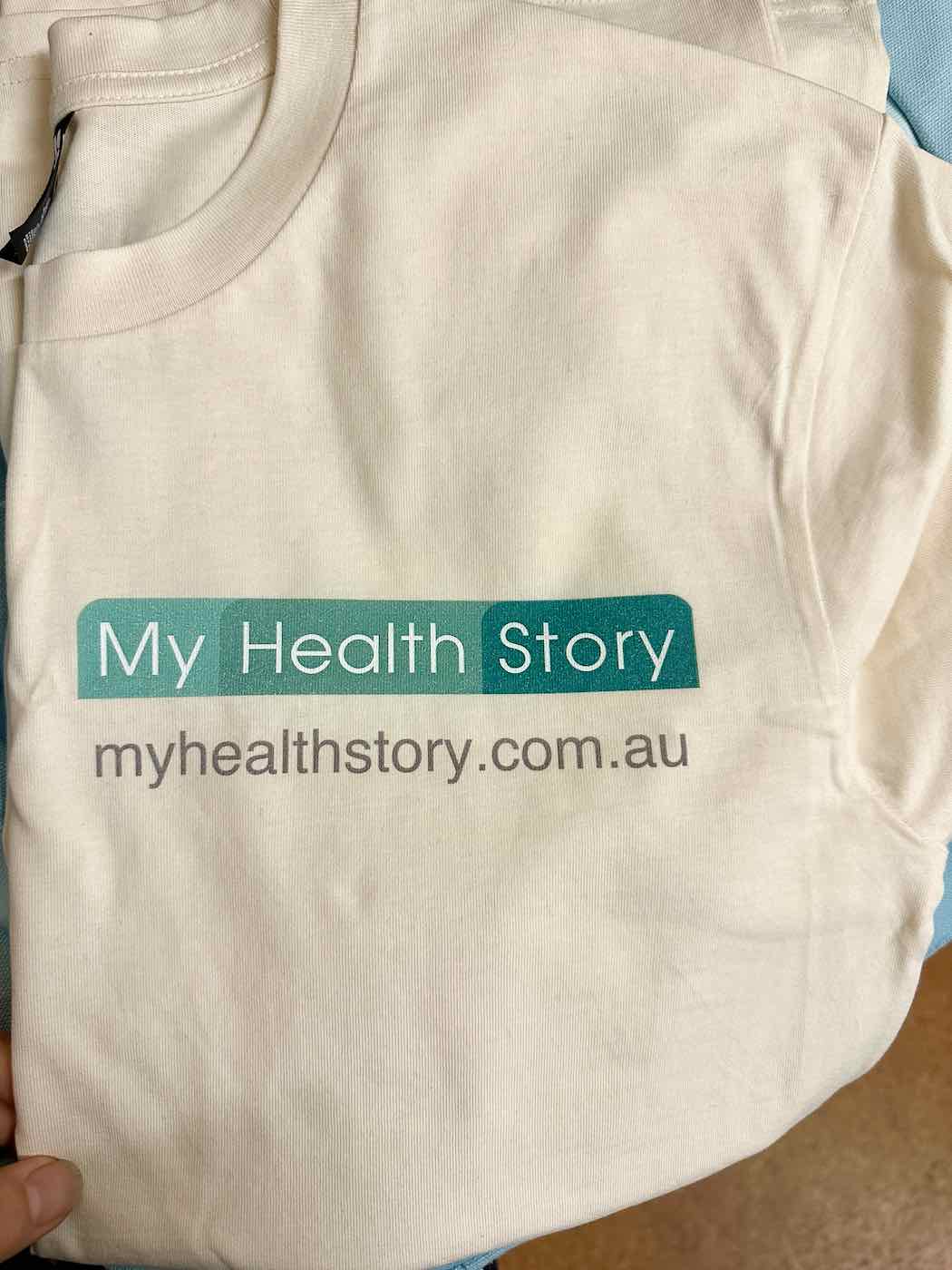Authors: Hayley B Leake, G Lorimer Moseley, Tasha R Stanton, Edel T O’Hagan, Lauren C Heathcote
Copyright © 2021 International Association for the Study of Pain.
Excerpt from the podcast by Joe Tatta on the Integrative Pain Science Institute website
Thanks for joining us overseas. I’m excited to talk to you about all your work, but we’re especially going to focus on this one paper and manuscript that you have printed in October 2021 Journal of Pain. The title of that paper is called What do patients value learning about pain? A mixed-methods survey on the relevance of target concepts after pain science education. The value of learning about pain is what drew me into that paper. I know this is part of your PhD work that you’re going to be completing. Congratulations. What about this topic specifically drew you into it?
I’m interested in pain science education and there’s a big literature around that. Traditionally, most of that work or the content of the education has been created in this top-down method. Either clinicians or researchers have come up with these important concepts that we should include in pain science education interventions or at least in the ones that are researched. That’s quite a natural way that we’ve been doing things for a long time, but I thought what would be a lovely question and way to approach that would be to look at what patients value.
There is some literature that has done some qualitative analysis of pain science education interventions and asked patients afterward, “What did you think of that?” Sometimes they explain that, “It was interesting, but it wasn’t relevant to me,” or it wasn’t the right fit for them or it was too long. The question is, “How can we make it more relevant or simplified?” I like this idea of the minimal important dose you can provide because sometimes the pain science education interventions that are at least included in research can be long and detailed.
There’s quite detailed information about neurotransmitters like neuroscience. That could be interesting for research, but it might not be that relevant for the patient. That was the impetus for asking this question, “How do we make something more interesting to the person who is receiving it by asking them, ‘What is it that you value?’”
One way to go about that would be to speak to people who have had an experience of pain science education that have found some value in it. We looked at only those people who had self-reported that they recovered in some way. That could be defined in however they want that to be. We used a mixed-method approach to try to tease out what concepts they valued and why they valued those concepts.

